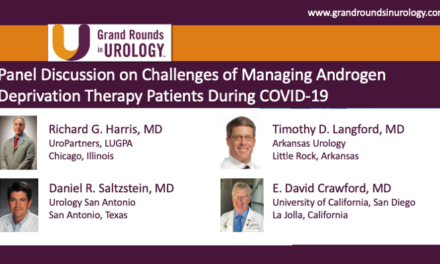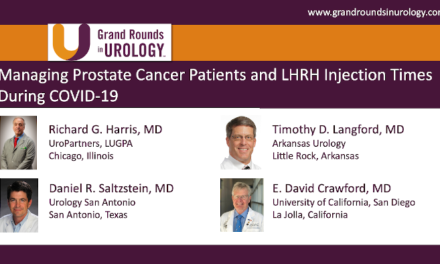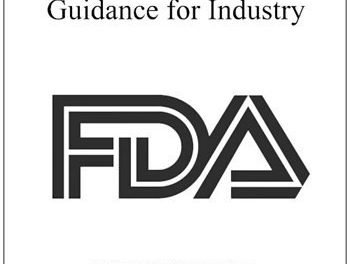ADT as Foundational Therapy, and the Need for Consensus on Consistent T Suppression, Goals, Monitoring, and Delaying Time to CRPC
In a program supported by Verity Pharmaceuticals, E. David Crawford, MD, Editor-in-Chief of Grand Rounds in Urology and Professor of Urology at the University of California, San Diego; Neal D. Shore, MD, FACS, Medical Director for the Carolina Urologic Research Center; and Benjamin H. Lowentritt, MD, FACS, Director of Prostate Cancer Services for United Urology Group discuss androgen deprivation therapy (ADT) as a foundational therapy for prostate cancer. They discuss managing testosterone (T) levels, adherence to T dosing schedules, and castrate-resistant prostate cancer (CRPC).
Dr. Crawford first notes the challenges for both the physician administering and the patient receiving ADT. Namely, T escapes, T levels rising from a number of causes, how castration is defined, and dealing with side effects like osteoporosis, weight gain, sexual side effects, and cardiac events. He then presents guidelines supporting the reduction of testosterone to <20 ng/dL and the history of clinical trials that originally proposed <50 ng/dL before asking Drs. Lowentritt and Shore for their input. Dr. Shore contends that physicians must know the stage of the disease before making a recommendation about T suppression. Dr. Lowentritt comments that the relative importance of a T level of 18 vs 35, for example, is not fully understood. He adds that if T suppression is the only treatment, then lower is better, but that the difference in T levels might not be as important when other therapies are used. He points out that the goal is to identify what is most effective in treating cancer, not just reducing testosterone.
Dr. Crawford then discusses the impact of late luteinizing hormone-releasing hormone (LHRH) agonist dosing on T suppression when the injection is late by any amount of time, even by several days. Dr. Shore notes that the importance of dose timing will vary based on disease progression. Dr. Lowentritt points out how impractical a precise dosing schedule can be when considering patients’ schedules.
Next, Dr. Shore compares how different guidelines define CRPC and proposes a readjustment of the current definition. As a follow up, Dr. Crawford asks Dr. Lowentritt about assessing a patient’s baseline T level before determining whether they have CRPC, especially if they have rising PSA. The panel proceeds to discuss ADT therapies and clinical trials looking at Triptorelin.
The program concludes with takeaway messages from each participant and their recommendations for a treatment approach for a patient with high-volume disease.
Supported by

ABOUT THE AUTHOR
Researcher-physician E. David Crawford, MD, Jack A. Vickers Director of Prostate Research and Professor of Urology at the University of California, San Diego, has devoted his career in medicine to educating the public about men's health issues and finding effective techniques and procedures to address prostate cancer, the most common malignancy affecting men in the United States.





